Two more incidents to report today that occurred on recent Hawaii flights. If you were on any of these flights, let us know. We flew one of the routes (Dulles to Honolulu) in December. These two issues are reported by FlightAware and by Aviation Herald.
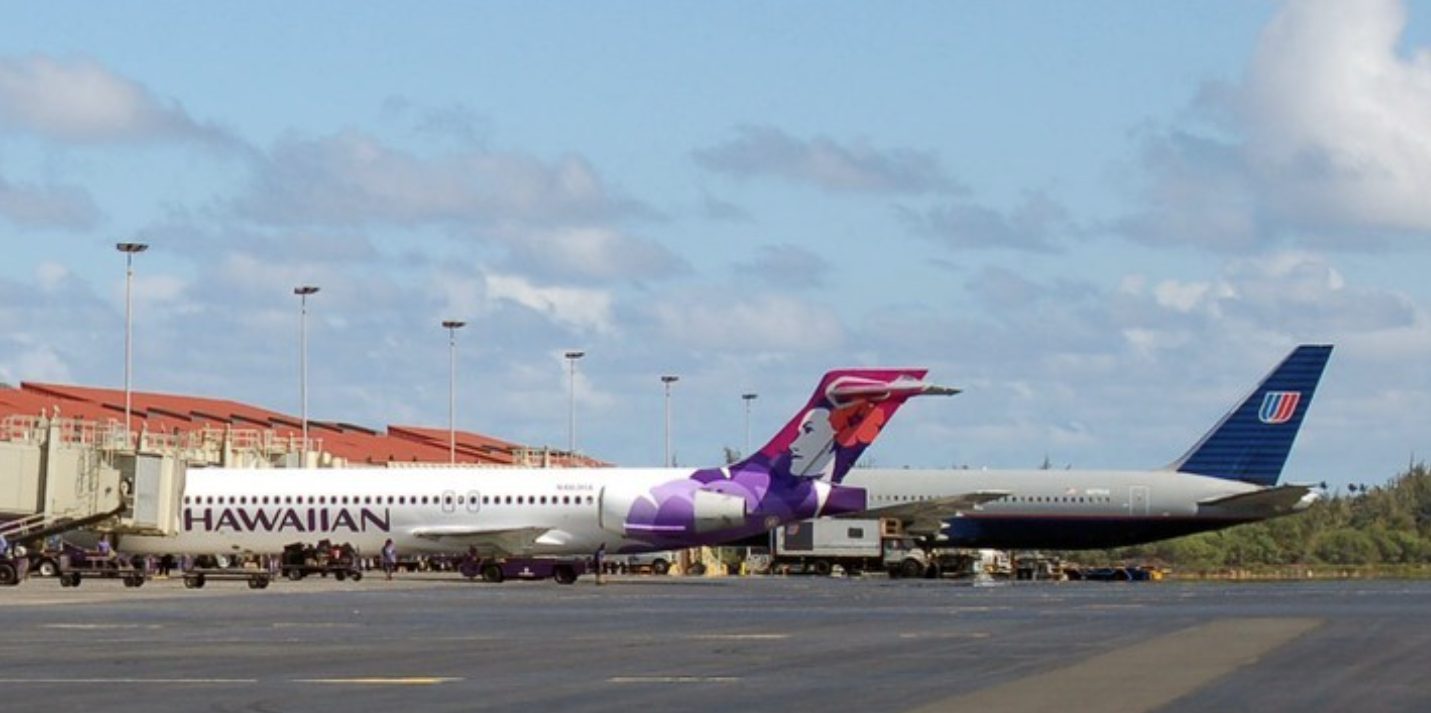

Loss of cabin pressure on Maui to San Francisco flight.
The incident occurred last Friday, February 16, 2024 on UA1639. This was on the red-eye flight that departed Maui at 11:33 p.m. The plane was over the Pacific at 34,000 feet, about 240 miles northeast of Honolulu when loss of cabin pressure occurred on the 16-year-old Boeing 737-800.
Just over two hours after departure, the plane returned safely to Hawaii, this time to Honolulu Airport. When the issue occurred, it resulted in the following:
1) The passenger oxygen masks were deployed.
2) The plane descended rapidly at a rate of about 3,000 feet per minute to a safe-to-fly not pressurized altitude of 10,000 feet.
3) A flight diversion to Honolulu was performed.
4) The remainder of the flight was canceled and passengers were otherwise accommodated.
5) The aircraft remained in Honolulu until Monday, February 19, when a special flight returned the aircraft to San Francisco. That flight appeared to operate normally and was at a typical flight altitude.
The loss of cabin pressure on UA Flight 1639 was a serious event.
It was handled with prompt action by the United flight crew to ensure the well-being of everyone on board. Kudos to United Airlines.
Decompression or loss of cabin pressure leads to a decrease in oxygen available to passengers and crew. This can result from various things, including a malfunction in the plane pressurization system or any breach in the aircraft’s structure, among other things.
When loss of cabin pressure occurs, the risk potentials include hypoxia, barotrauma, and hypothermia. To prevent these issues, airlines may fly at an altitude of just 10,000 feet until reaching their destination.
We were informed by an airline pilot friend recently, that planes have enough fuel to reach the intended destination fly while flying at that low altitude, even though doing so consumes significantly more fuel.
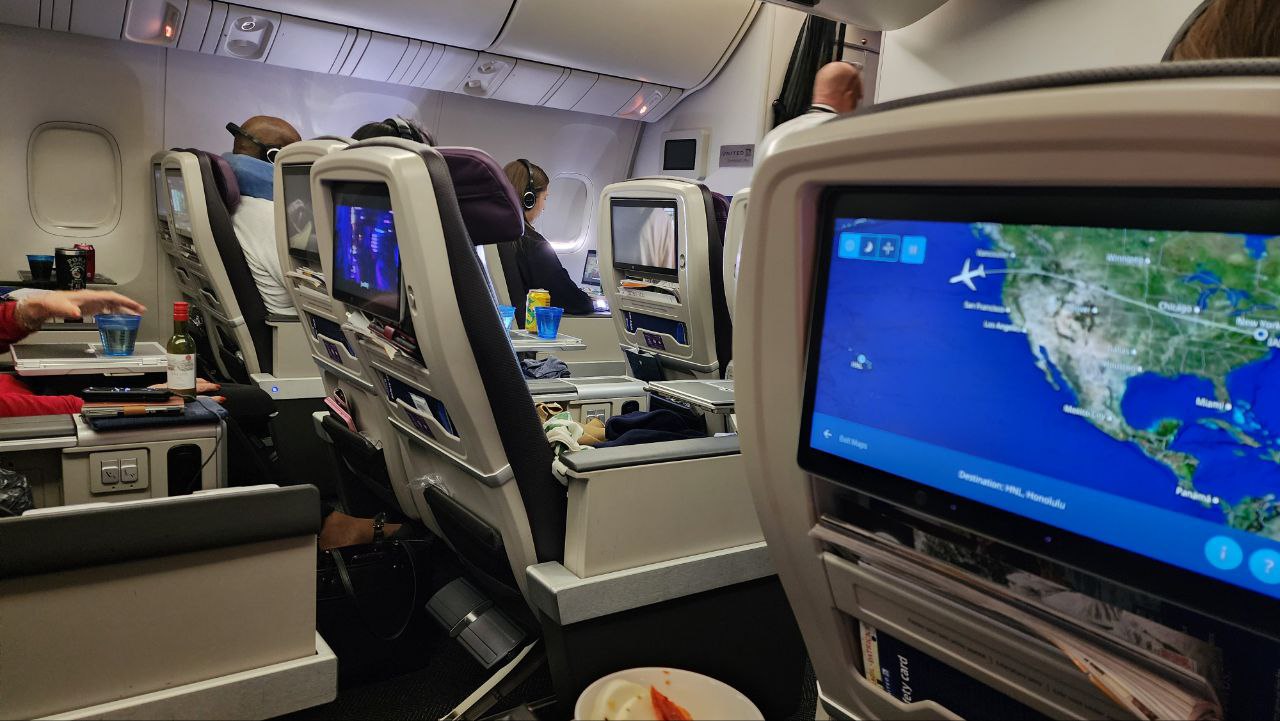

Tail strike on flight from Washington DC to Honolulu.
A United Airlines Boeing 767-400, operating Flight 345, also had an incident. This time it was a tail strike on departure from Dulles that also occurred last week. That incident prevented the 22-year-old plane from continuing to Hawaii. The FAA confirmed the incident, saying that “Aircraft encountered a tail strike during departure and returned to IAD.”
That plane’s tail hit the runway during takeoff. The crew still climbed to 28,000 feet, but subsequently returned to Dulles about an hour after departure.
United was able to quickly replace the aircraft with another 767-400. In total, the flight was delayed about six hours. After inspection, the aircraft that had the tail strike was also returned to service later that day.
Software glitch causing two Hawaii tail strikes caused brief nationwide ground stop last year.
In 2023, a software problem resulted in tail strikes on two Alaska Airlines Hawaii flights. Subsequently, the carrier initiated a ground stop until the issue was resolved. That took only 22 minutes.
Airline tail strikes are an unusual occurrence.
Minor tail strikes may not be dangerous, but a thorough inspection, as occurred in last week’s United incident, is indicated.

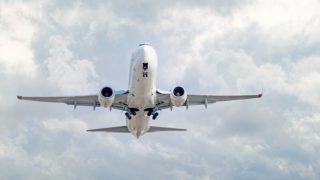
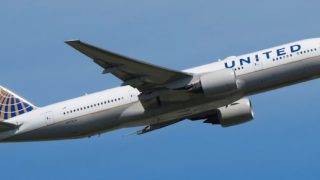

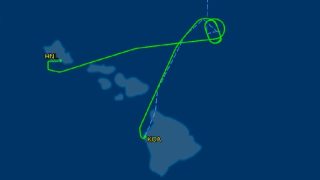
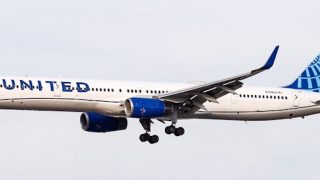
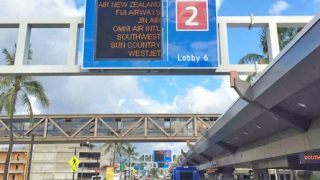
We were on UA 1724, departing from Kona to SF on Feb 13. About an hour or two after takeoff, turbulence was so bad that some air masks dropped off. There was no cabin decompression, plane did not descend. Still, it was a bit jarring.
On the way to Honolulu,
UA 345 departed on Feb 05. There was strong turbulence 2 hours before landing. I never experienced something like this before these two flights. And I fly 2-6 times a year, between 4 – 15 flights, often over Atlantics. Is this common for the Hawaii bound-departing flights to have such a strong turbulence?
what causes engine shut down on flight? And what do they do when you are in the air pretty high?
Wait for all the facts of that sudden cabin depressurization before we jump to what UAL owes who, and how much. It’s easy to say $175 is not enough, and everyone on board is likely to deserve more. If the incident was somehow determined to be negligence or an act of god or a combination thereof, it will have great impact on the outcome. Just because grown men cried doesn’t mean a massive settlement.
Nobody’s asking for a settlement. Those of us on the flight, just wanted to be treated with respect and dignity. United should have a diversion plan in place for situations like this. To leave everyone stranded in an airport, without answers or accommodations is unprofessional. Good customer service goes along way, and we certainly did not receive that.
Software glitch causing a tail strike?
I am only a private pilot, so no computers on the planes I fly, but someone who knows how a computer glitch causes a tail strike, please let us know!
Can you please expand on “passengers were otherwise accommodated.” This says a lot about the airline.
Mahalo,
Every day we step outside our doorways, no one knows what incidence will change our life in a deterimental way. Distracted Drivers, distracted walkers, no punishments to fit crimes, a democracy that is being diminished before our eyes and flights that may or may not make it to a destination in one piece or with peace of mind. It’s all a toss up, a gamble. I have short time to live on this great big beautiful planet, but am thankful for the many years of easier, safer, more predictable life, and travels.
My husband is on a United flight today 2/21 that has been diverted back to HNL. United flight 706 left Kahului for Los Angeles. It still has not arrived back in HNL so not sure what the problem is.
Whatever happened to the two individuals that totally mishandled the catastrophe? The Fire Chief that wasted hours negotiating with farmers to get water to put out the fire as it was approaching Lahina, and the head of disaster management who did not warn people in middle of the night with Tsunami siren? Let them burn alive instead. The details dropped out of the news cycle.
Add-in Kaleo Manuel, the Obama stooge who refused to allow water for pumps for 5 hours! Then of course Governor Green for his Climate Excuse, that negates years of meetings on cutting back non-natural growth or Hawaii Power & Light complicity.
My husband and I were on the United flight from Maui to San Francisco that depressurized. We were safely redirected to Honolulu but the whole experience was rather traumatic for passengers, grown men were crying. When we arrived in Honolulu, there were no flight accommodations for over 24 hours nor we were not given hotel vouchers. My husband and I finally booked on another airline so that we could get to our destination but there were other passengers who did not have that option. The whole episode was handled very poorly by United Airlines.
Grammatical error in my previous reply
**we were not offered hotel accommodations.
United Airlines sent a generic apology to our email with $175 flight credit on a future flight. For those of us who spent hours on the phone and a lot of money to get out of there. At least two or three times we were directly lied to about next steps… literally just passed off to another employee who had no idea what was going. I would not call that “accommodated“. It was a sad situation, given what we had all been through on the flight.
I was also on that United flight to San Francisco and I totally agree with everything you said. United’s customer service was atrocious. I would have been better off if they didn’t even have customer service because I would have wasted less time. In the end, United was never even able to rebook me (or at least I gave up after waiting for hours and hours) and I just ended up booking with another airline. That experience was genuinely terrifying. A $175 flight voucher is no where close to the value of the therapy I’m going to need!
Hi Danna, I am so sorry this happened to you and I hope that UA reaches out to all of the passengers and makes things right.
If not, get an attorney to write a letter. In Europe, the airlines offer higher compensation for events.
Also, PTSD is debilitating. Please, do not hesitate to reach out to a counselor if necessary.
Mahalo
I was on that flight also, and I completely agree with you. I was basically given some food vouchers and then sent to pick up my luggage and left to fend for myself until I could get out the following night. The $175 credit offered by the airline came with a whole list of legal stipulations essentially leaving the airline unaccountable. A total joke!
So do we have more incidents or just more attention
being paid to every incident that happens?
Hi Guys. What with all the airplane malfunctions lately, it’s a wonder people are actually still eager to fly anywhere. Especially over the ocean to Hawaii. Thank goodness the crew handled the emergency with professional actions. Mahalo for keeping us all informed of these incidents.
It time to do full maintenance on All aircraft older than 8years.
If the FAA had a combatants person at the helm, this would be required.
But we don’t. So let’s wait until more serious incidents happen. The US plane Industry is falling apart.
Glad that all passengers and crew survived unscathed!!